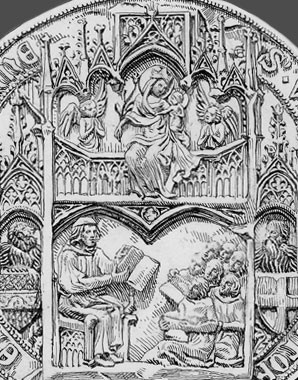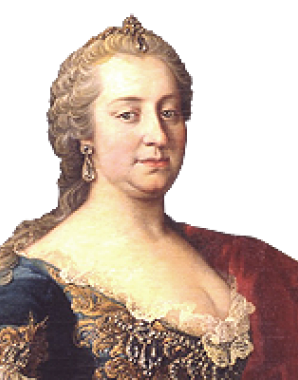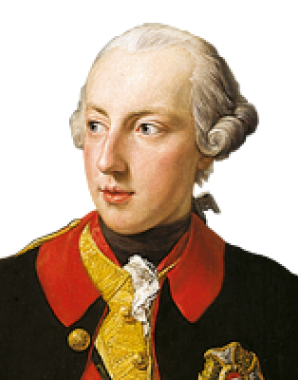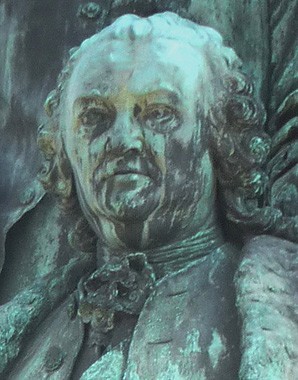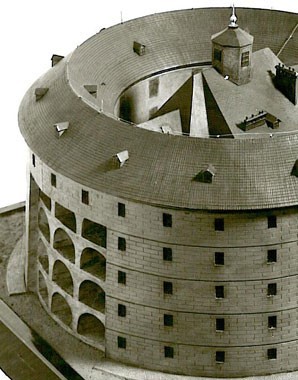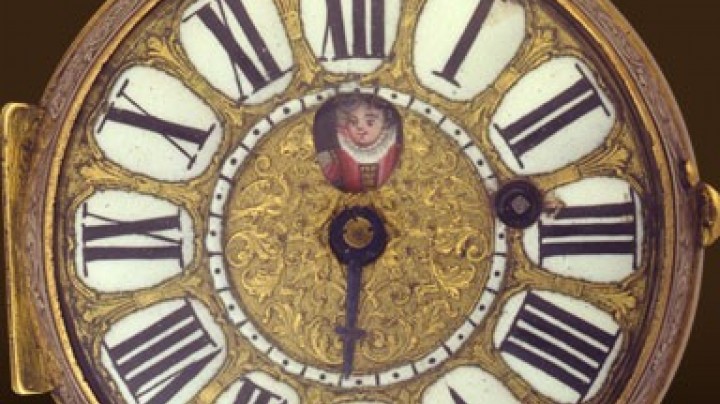More state influence: Gerard van Swieten’s reform of the university
The reforms instituted by Maria Theresa did not stop at the university: the influence of the clergy was curbed and the state took control of what was taught and studied.
From the seventeenth century teaching at the university began to undergo increasing secularization. Criticism was directed at the teaching methods of the Jesuits, in particular their neglect of the secular faculties. Studies were now to be aligned with political and state interests. Maria Theresa’s personal physician and advisor Gerard van Swieten carried out a fundamental reform of the university system, increasing state influence in all important university affairs. The curricula were redesigned to accommodate the needs of the state.
The university was expanded: it was given new premises (today occupied by the Austrian Academy of Sciences), the General Hospital was built (today the campus of the University of Vienna), the Botanical Garden was established and an anatomical theatre for medical studies was built. It was in particular the medical and juridical faculties that benefited from these innovations while the theological and philosophical faculties were left empty-handed.
On 13 May 1777, Maria Theresa’s birthday, the new ‘Academic Library’ was opened. Its holdings consisted of duplicates from the Court Library that had been donated for this purpose, together with holdings from the Jesuit Order, which had been dissolved. At its foundation, the library contained around 45,000 volumes, but the holdings increased rapidly with the dissolution of the monasteries. It was open to the public. By 1884, when it was transferred to the new main university building on the Ringstrasse, it had 300,000 volumes, and today the university library holds more than six million titles.




